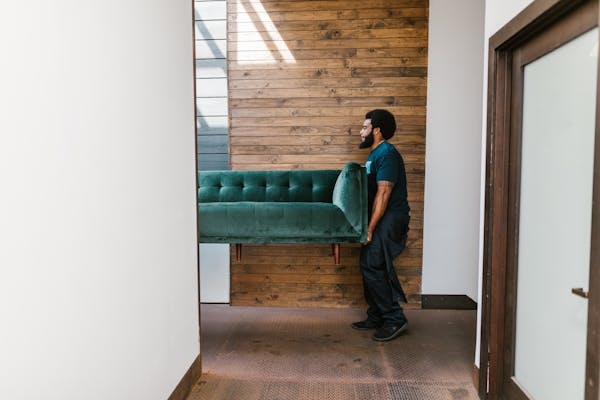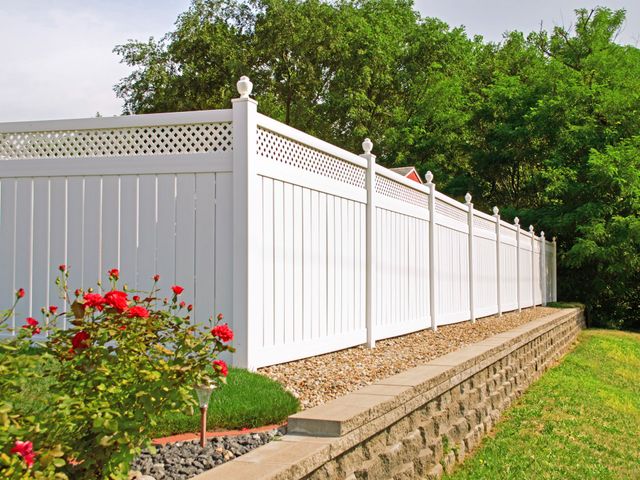[ad_1]
Even if the traditional 1-5 designations are still useful, they’re a bit limited due to the position-less nature of modern basketball. But looking at the Philadelphia 76ers offseason only through the old-school lens, we’d probably come to the same conclusion that the front office did.
At one end of the spectrum, the Sixers have two offensively-gifted combo guards who fill the 1 and 2 positions. At the other end is one of the two elite centers in basketball and a top-five player overall. This offseason, the Sixers needed players that fit in between that core group. And numbers or not, that is what they did.
The Sixers added De’Anthony Melton and P.J. Tucker, who bring defense and versatility at the 2-4 spots, with Tucker specializing in defending bigger wings and Melton leaning toward smaller guards. Danuel House Jr., who signed a two-year deal for the bi-annual exception for just over $4 million, is probably the least splashy acquisition of the three players. But he stands to play an important role for the Sixers. So, how exactly might he fit on this roster next season?
“Danuel is a very talented two-way player who immediately bolsters our wing depth and strengthens our roster,” Sixers president of basketball operations Daryl Morey said in a statement. “He is a willing shooter from outside who can space the floor and punish the opposition.
“On defense, his size, athleticism and ability to guard multiple positions make him a tough matchup, especially as we plan for a deep playoff run.”
At times last season, especially those months when Ben Simmons was still on the roster, the Sixers were on the small and unathletic side. Seth Curry was the embodiment of the roster’s strengths and weaknesses. There was plenty of skill and shooting around Joel Embiid but on the downside, the team had to play methodically.
Before the James Harden trade, the Sixers ranked 27th in the time that their average possession took. This is not meant to be a criticism of Curry or last season’s team. They made that style work well enough, better than most expected. There is a reason Curry got a huge ovation when the Nets played in Philly.
But a player like House Jr. can give the team a bit of a jolt with his athleticism. He can get out in transition, whether it’s running the lanes or even pushing the ball himself. The Sixers were a below-average transition frequency team a season ago and House Jr. could be a target for Harden on the break. But he also has some skill as a grab-and-go player too.
Morey called House Jr. a willing shooter and that is probably right in line with the Sixers’ thinking: Accuracy matters, but this team needs to take more 3-pointers. And the Sixers are loading up on players who don’t hesitate to fire away from deep. For House Jr., who takes a respectable 6.3 3-pointers per 36 minutes for his entire career, that is partially due to the offensive system he has played in. During his only full season in Houston (2019-20), the Rockets led the league in 3-point frequency. The Utah Jazz, House Jr.’s team last season, lead the league in that category.
In the 2021-22 season, House Jr. was trying to play two-way basketball on the most one-dimensional team in the league. Analyzing his 3-point shots, House Jr. got a ton of great looks from the “blender” pick-and-roll offense that had Mike Conley, Donovan Mitchell and Jordan Clarkson getting into the paint and kicking out to House.
Morey talked about the limitations of one-way players in his final remarks after the playoffs, and the Sixers have tried to find players who are passable on both ends of the floor. House Jr. is the perfect example. While he did shoot 42 percent from beyond the arc in a late-season cameo in Utah, a lot tended to be check-the-wind, warmup-level looks. It will be up to Harden, Embiid and Tyrese Maxey to replicate some of these looks that the Jazz created for House Jr. They are certainly capable of doing so.
While the Sixers won’t want House Jr. initiating the offense because he can get loose with his handle, he can keep the machine moving with a drive and kick.
Tucker provides an intriguing contrast to House Jr., his former teammate in Houston. The postseason plan is for House Jr. to not be counted on quite as much as Tucker, who will be tasked with defending some of the opponent’s top scorers. Their respective salaries reflect those differing levels of expectations.
Some of that difference in responsibility also is due to the experience level of both players. Despite turning 29 earlier this summer, House Jr. has played less than 5,000 minutes in his NBA career. As recently as last season, he was waived by Houston and had to sign 10-day contracts with both New York and Utah before finally catching on with the Jazz. Why is that the case for a player with seemingly decent 3-and-D tools? Perhaps it’s the case of the league undervaluing him, although House Jr. was famously kicked out of the NBA bubble after “inviting an unauthorized guest into his room.”
House Jr. made the most of the late-season cameo in Utah with the Jazz outscoring opponents by 8.4 points per 100 possessions when he was on the floor according to Cleaning The Glass. And while he is not necessarily a lockdown defender, House Jr. has the size and athleticism to switch and get around screens at a decent level. Again, the clear goal here is “passable on both ends.” House Jr. will not be a hunting spot for opposing offenses.
The Sixers still could potentially tweak the roster some more, but as it stands now, House Jr. would not be counted on to play at the end of games.
But if his game can be refined, he could be an important piece for the Sixers. With the additions of Tucker, House Jr. and Melton (all moves that the Sixers made without sacrificing any depth,) this has a chance to be a team that wins with depth and two-way play during the regular season. The margin of error, slim when Curry had to do so much of the heavy lifting, could very well improve with House Jr. in the fold.
There are ways that the House Jr. signing could fail. Perhaps he doesn’t mesh with the rest of the locker room or his shot betrays him. But for $4 million, this is another move that aligns with a very straightforward philosophy from Morey and the front office this summer.
(Photo of Luka Doncic and Danuel House Jr.: Tom Pennington / Getty Images)
[ad_2]
Source link







